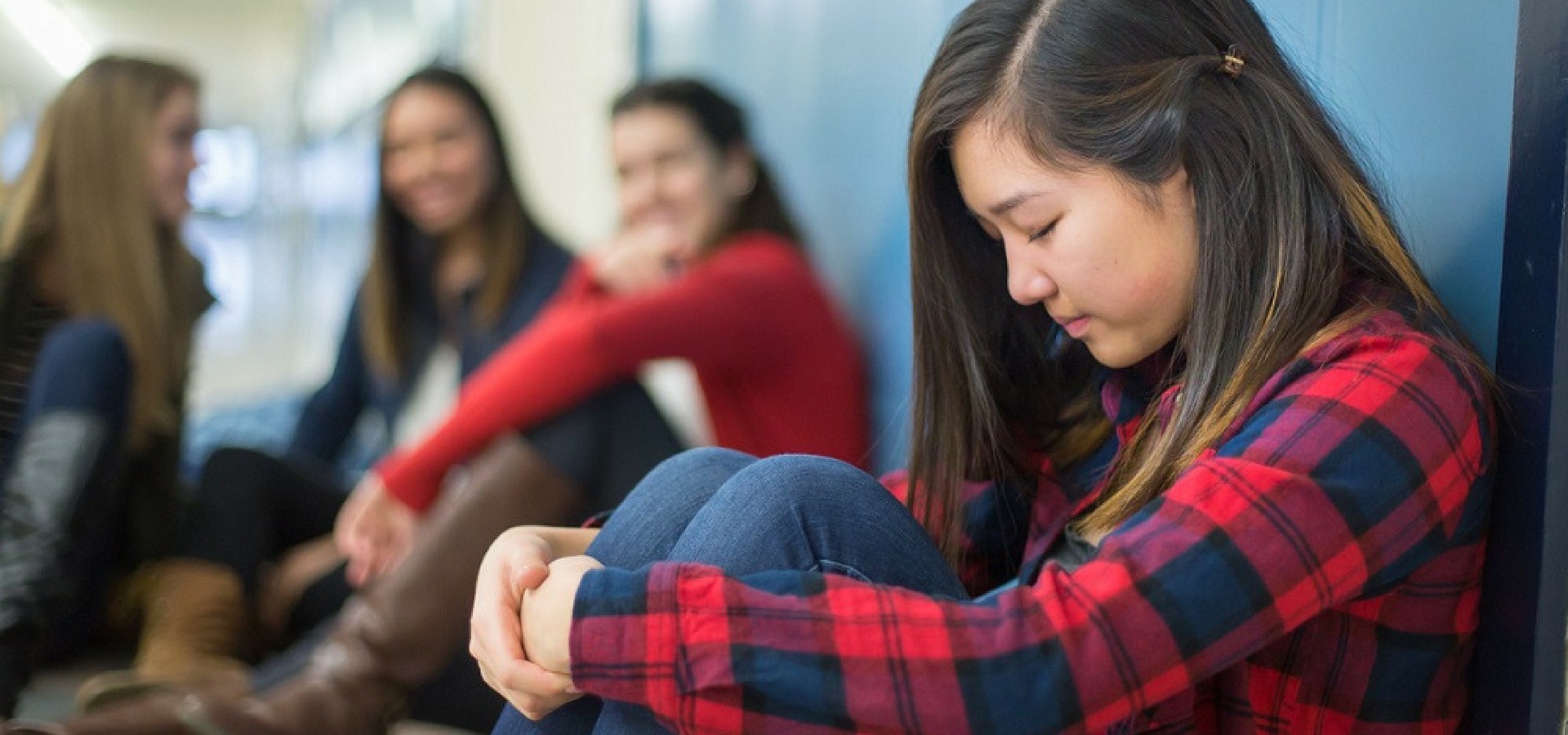Many people are struggling with parenting given all of today’s modern technology, especially when it comes to the many omnipresent screens that children are currently using. Our grandparents were likely more concerned with a single screen, the one found on a lone television set in the living room. But nowadays, kids have a plethora of screens on their smartphones, tablets, televisions, computers, both at home and school. To ensure their children’s visual acuity remained intact, past parents from generations gone by were likely reminding kids to sit further away from the T.V. and limiting their screen time.
So what are the recommended screen times to ensure today’s children aren’t suffering visually, mentally or emotionally? According to recent news reports, pediatricians have changed their antiquated and outdated recommendations for screens when it comes to the time kids spend using these devices currently.
While experts still believe children younger than two shouldn’t be exposed to this type of digital technology, 30% of tots in diapers are comfortable using mobile devices. Paediatricians have also tweaked their recommendations about toddlers and screen exposure to include times it’s used to video chat with another parent or close relative.
Screen time should also be age appropriate and younger usage should always be monitored. For example, for those children over the age of two and younger than five:
- Limit screen time to one hour per day and watch along with them to see how they’re absorbing and reacting to the content
- Avoid screen time that’s associated with either placating them or keeping them distracted
- Test apps or pre-watch visual materials before allow children to use or view them
- During meals, playtime or when in their rooms should all be screen-free zones
No matter their age, parents should always be on the lookout for violent and inappropriate websites and other forms of technology. Parental controls were invented for a reason.
School Aged Children
Parents, teachers, faculty and physicians are all encouraged to work together in creating a “media plan” since there’s really no “one-size-fits-all” approach for children as they continue to mature. For example, research has shown that adolescent use of social media can be beneficial for their development, give them exposure to new ideas and promote circles of emotional support from their peers. On the other hand, too much time spent on these platforms can lead to depression, weight gain and a lack of sleep. Keep in mind that parents should:
- Be consistent, but at the same time, allow for some flexibility when it comes to circumstances like a special school project that may require online research
- Avoid the use of media at least an hour before bedtime and as mentioned previously, it’s not allowed during meals or other family times
- Communicate these guidelines to caregivers and babysitters to ensure they’re being enforced when you’re not in the picture
Be sure to have ongoing discussions with your child about cyberbullying and what is (and is not) appropriate behaviour, posting and content on the world wide web. There’s a new-age idiom being used today that recommends parents advise their children to avoid posting or viewing anything that their grandparent would find offensive.
It’s not only about how much time a child spends online, but how they are occupying themselves while on the internet. There should be a balance between engaging in valuable content and experiences with some recreational usage while they’re using their devices. As with almost anything else that goes with family and parenting, it’s all about balance.
We understand that there are many aspects that encompass a Mother, Father or Child and strive toward providing resources and services that accommodates this.
Our content is aimed to inform and educate families on issues starting from pregnancy through to the challenges of the teen-age years.
- Say Hello to the Ultimate Holiday Brunch Bite - December 17, 2025
- Tiny Toons Looniversity Returns: Meet the Voice Behind Plucky and Hamton! - December 12, 2025
- From Pain to Possibility: Panado®’s New Marketing Campaign, Highlights The Joy Of Pain Relief - December 10, 2025




